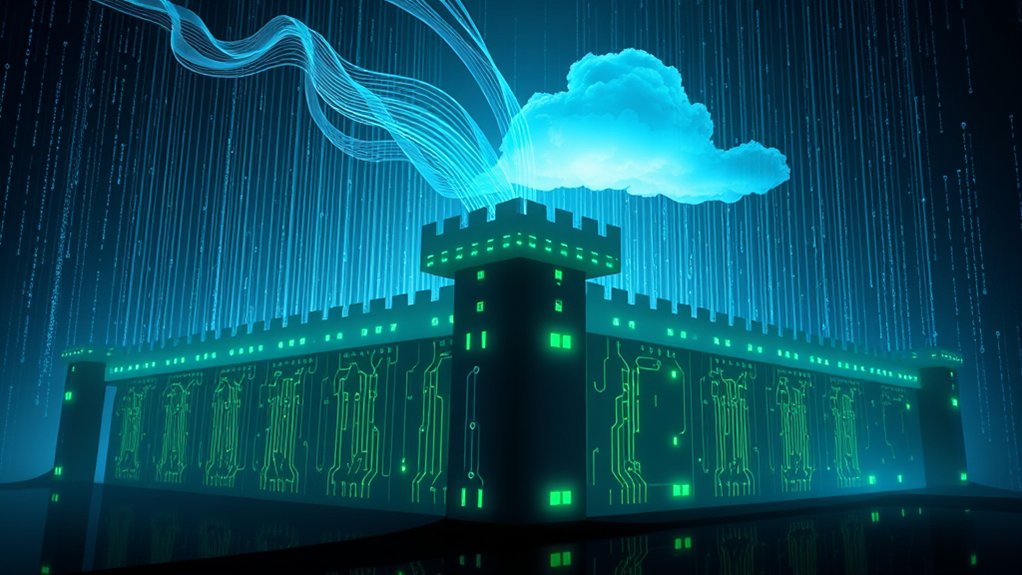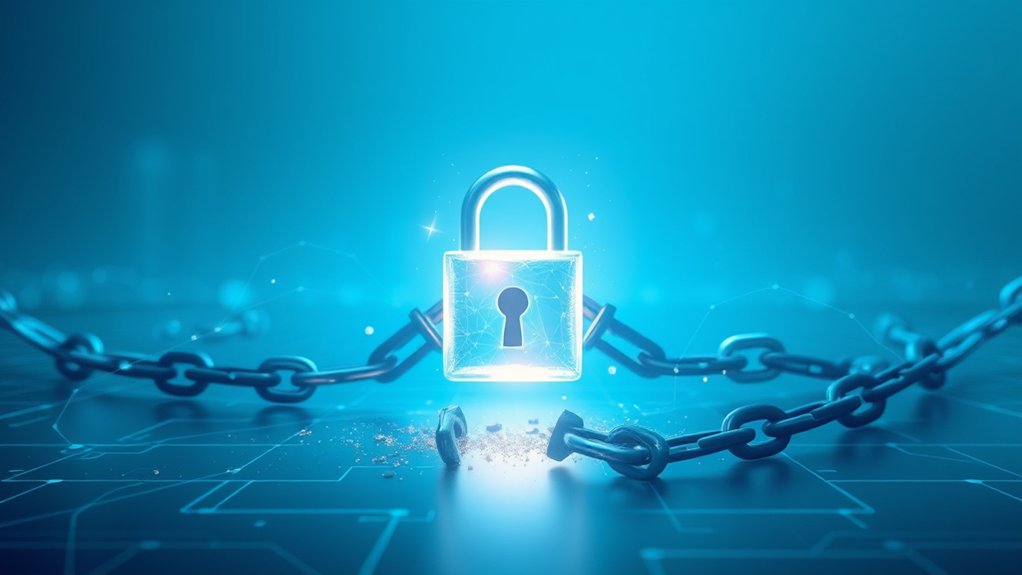A significant cyber espionage campaign attributed to state-sponsored Chinese hackers has infiltrated over 75 global organizations, raising alarms regarding cybersecurity vulnerabilities across critical sectors. Operating from July 2024 to March 2025, these attacks have primarily targeted government agencies, media companies, and cybersecurity firms, highlighting the far-reaching implications of these cyber threats. Remarkably, the campaign utilized advanced malware tools such as ShadowPad and PurpleHaze, reflecting the sophistication of the attackers.
The methodology adopted by the hackers entailed extensive reconnaissance, particularly focusing on internet-accessible systems. Early probing activities were detected, which hinted at their probing tactics aimed at identifying potential weaknesses within targeted networks. Furthermore, these attacks are linked to multiple attacks across a diverse range of sectors, including finance and manufacturing. Organizations faced zero-day vulnerabilities that left them exposed to unprecedented security breaches.
Following this reconnaissance phase, the deployment of ShadowPad and PurpleHaze for post-exploitation activities allowed the attackers to establish a foothold in the compromised infrastructures. Maintaining operational security was paramount, as attackers engaged in tactics that minimized detection and noise during breaches. Salt Typhoon’s infiltration into data centers poses significant national security risks due to the exposure of critical infrastructure.
Following reconnaissance, attackers employed ShadowPad and PurpleHaze to gain footholds, prioritizing operational security to evade detection.
Substantial efforts in detection have come from organizations such as SentinelOne, which identified initial probing attempts that thwarted further intrusions. In spite of attempts to infiltrate SentinelOne’s network, its infrastructure remained uncompromised, illustrating a degree of resilience among cybersecurity defenders.
The identification of state-sponsored threat actors, particularly those associated with groups like APT15 and UNC5174, highlights the escalating nature of these cyber offensives. These teams appear to adopt a slow and methodical approach, seeking long-term persistent access to sensitive information.
Moreover, the targeting of supply chains adds another layer of complexity, as demonstrated by the intrusion efforts concerning one of SentinelOne’s IT vendors. This tactic reveals the adaptability of the attackers and their willingness to exploit vulnerabilities within supply chains for broader gains.
The campaign’s dual focus on strategic sectors such as defense, logistics, and media indicates a calculated strategy to bolster state interests through cyber means. This increasing boldness in tactics mirrors the growing sophistication of global cyber threats attributed to organized state-sponsored activities.









